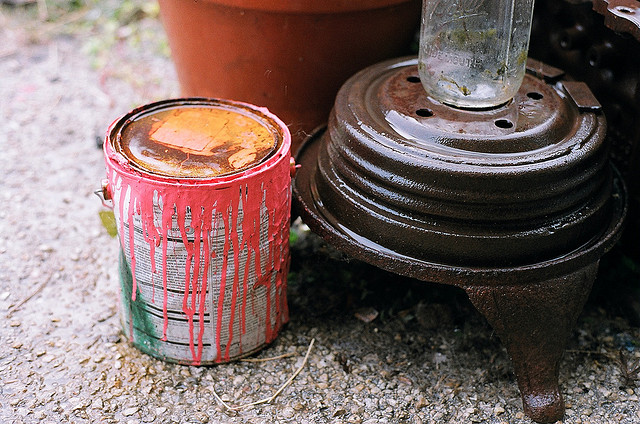
We know that lead and pregnant women don’t mix. We know that lead and children don’t mix.
We’ve known for decades that lead harms the brain and is linked to lower IQ levels. We’ve also discussed interesting research by Dr. Phil Landrigan in our Health Report showing the economic gains from regulating lead in gasoline. In short, the less lead we’re exposed to, the smarter we are and the more we contribute to the economy.
A new study shows that exposure to lead during pregnancy may also have impacts on the developing brain. According to Environmental Health News,
“Researchers from Sun Yat-Sen University measured how much lead 332 women had in their blood each trimester then tested their babies when they were three days old. The tests of their reflexes and response to stimuli are considered early measurements of their brain function. Infants whose mothers had the highest blood lead levels in the first trimester had an average score half a point lower than infants whose mothers had the lowest lead levels.”
The study found that the first trimester of pregnancy might be the most important when it comes to our vulnerability to lead, although they note that exposure during all trimesters is of concern. Our regulatory system for addressing lead is spotty, and exposures to new and old products is still a pressing problem.
According to the CDC, lead is still found in:
- Old lead paint
- Old electronics
- Dishes, pottery, ceramics
- Cosmetics
- Workplaces and manufacturing sites
- Bath tubs/ceramic tiles used in old kitchens
- Soil
- Old water pipes
- Vinyl products

For a full list of possible routes of exposure you can visit the CDC’s website here.
Prevent exposure to lead:
- Test your soil for lead and heavy metals. If you’re building a garden (urban gardens in particular) test the soil before planting food.
- Have products in question tested by Lead Safe America.
- Test and remediate old lead paint, especially if you have children, are pregnant or are wanting to get pregnant.
- Avoid buying vinyl plastic products.
A copy of the study can be found here.
Join our email list for tips and action alerts. Together, we’ll move the marketplace towards safer chemicals.





